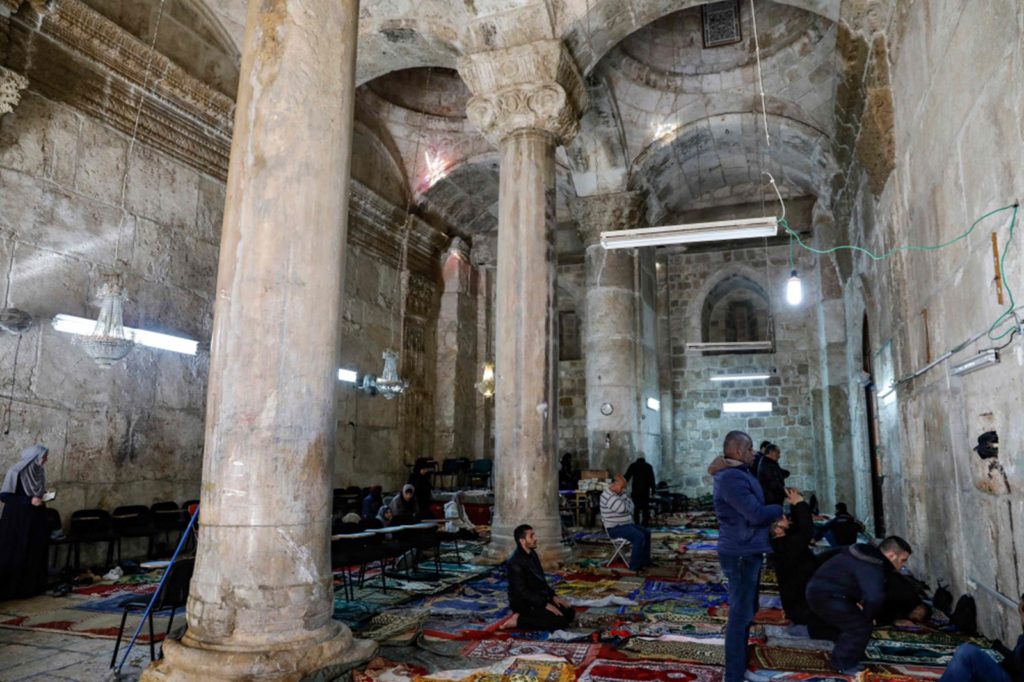A 1st-century Jewish settlement is now being excavated near Beersheba, and one find is an early depiction of a nine-branched menorah.
Christopher Rollston offers some reflections on the Nathan-Melek seal impression, concluding that it is “most likely” that this is the same person mentioned in the Bible.
“Excavation work carried out in Ramses II’s temple in Abydos, Sohag, has uncovered a new temple palace belonging to the 19th Dynasty king.”
Hasmonean-era tombs near Jericho have been looted recently.
Conservation work was done on the Western Wall ahead of the Passover holiday.
“Ancient Color” is “a new exhibition at University of Michigan’s Kelsey Museum of Archaeology, dives deep into the material and application of pigment in ancient Rome, and in doing so highlights a colorful, international history.”
Opening today at the Peabody Museum: “Ancient Mesopotamia Speaks: Highlights from the Yale Babylonian Collection.”
With 40 inches of rainfall so far this year, the Sea of Galilee rose 6 inches last weekend.
Recent rains caused flash flooding near the tomb of Cyrus in Pasargadae.
David Moster explains “Telling Time in Ancient Israel” in a new 9-minute video.
Wayne Stiles has just announced a tour to sites in Turkey and Greece, including a 3-night cruise to the Greek isles.
Reported on April 1: the discovery of the world’s oldest break-up letter.
If you’ve been thinking about registering for the Institute of Biblical Context conference this June, note that the early bird discount ends on Wednesday.
This video shows footage of Jerusalem one month after the Six-Day War in 1967.
HT: Joseph Lauer, Agade, Alexander Schick
